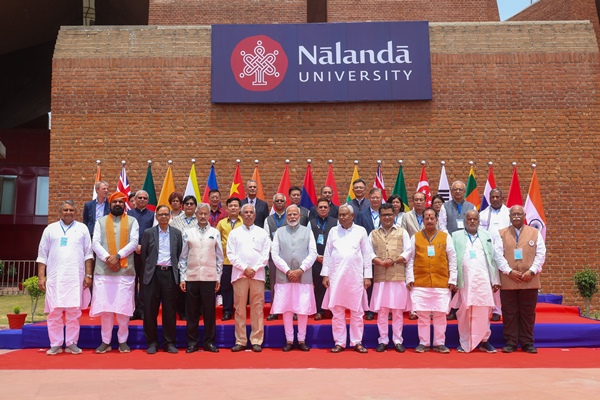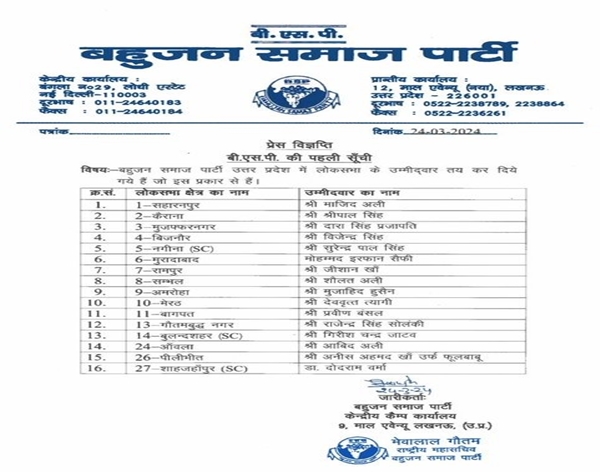Prime Minister Narendra Modi has said knowledge can play crucial role in making India developed by 2047. Addressing a gathering of students and faculty members at Sushama Swaraj Auditorium at Nalanda University in Rajgir Mr Modi said India can achieve a position of superpower by strengthening its education and knowledge system. The Prime Minister inaugurated the newly built campus of Nalanda University in Rajgir in Bihar. He said that Nalanda University was a great example of our identity and traditions to the world.
He said the rejuvenation of the Nalanda University in its new form symbolises the capacity and might of emerging India. Mr. Modi said his government is working on the ethos of our ancient traditions so we are promoting development and environment conservation together. The Prime Minister said the international solar alliance is also such a step which we are promoting.
Mr Modi reiterated that his government is trying to re-establish India as a big knowledge centre by providing it with a new identity in the education sector.
Speaking on the occasion, Dr Jaishankar said, they are witnessing the revival of a global bridge of learning that can build relationships even further than in the past. Education, training and capacity building are the most effective ways of promoting international understanding, he said.
Lauding the history of the ancient University, Bihar CM Nitish Kumar said, “The Nalanda University has a glorious history. In the ancient times, the Nalanda University was identified as the centre of education. Prime Minister also visited the ruins of ancient Nalanda University which has been accorded as world heritage. External Affairs Minister S. Jaishankar, Bihar Governor Rajendra Arlekar, Chief Minister Nitish Kumar, Deputy CMs Samrat Choudhary and Vijay Sinha and other delegates are present at the new campus of Nalanda University. Ambassadors from 17 countries also attended the event.
The ruins of ancient Nalanda comprise the archaeological remains of a monastic and scholastic institution. It includes stupas, shrines, viharas (residential and educational buildings) and important artworks in stucco, stone and metal.















